| Weight | 1 lbs |
|---|---|
| Dimensions | 9 × 5 × 2 in |
| host | chicken |
| isotype | IgY |
| clonality | polyclonal |
| concentration | 1 mg/mL |
| applications | ELISA, ICC/IF, WB |
| reactivity | tagged fusion proteins |
| available sizes | 1 mg, 100 µg, 25 µg |
chicken anti-HA tag polyclonal antibody 9232
Price range: $100.00 through $2,600.00
Antibody summary
- Chicken polyclonal to HA tag
- Suitable for: WB, ICC/IF, ELISA
- Reacts with: tagged fusion proteins
- Isotype: IgY
- 100 µg, 25 µg, 1mg
chicken anti-HA tag polyclonal antibody 9232
| antibody |
|---|
| Database link: Sequence -YPYDVPDYA Derived from HA 118-127. Example strain H3N8 Q03909 |
| Tested applications WB,ICC/IF,ELISA |
| Recommended dilutions user optimized |
| Application Notes This antibody reacts with YPYDVPDYA as determined by IEP and ELISA techniques. It is suitable for blotting, ELISA and IHC applications. Optimal working dilutions should be determined experimentally by the investigator. |
| Immunogen YPYDVPDYA (influenza hemagglutinin-HAepitope) |
| Size and concentration 25, 100, 1000µg and 1 mg/mL |
| Form liquid |
| Storage Instructions 2-8°C |
| Storage buffer PBS, pH 7.2, 0.09% NaN3 |
| Purity affinity purified |
| Clonality polyclonal |
| Isotype IgY |
| Compatible secondaries goat anti-chicken IgY, H&L chain specific, peroxidase conjugated polyclonal antibody 1688 goat anti-chicken IgY, H&L chain specific, biotin conjugated polyclonal antibody 8036 goat anti-chicken IgY, H&L chain specific, FITC conjugated, Conjugated polyclonal antibody 4317 goat anti-chicken IgY, H&L chain specific, peroxidase conjugated polyclonal antibody, crossabsorbed 1708 goat anti-chicken IgY, H&L chain specific, biotin conjugated polyclonal antibody, crossabsorbed 1718 goat anti-chicken IgY, H&L chain specific, FITC conjugated polyclonal antibody, crossabsorbed 1723 |
| Isotype control Chicken polyclonal - Isotype Control |
| target relevance |
|---|
| HA tag is a small protein tag that minimally impacts protein structure. This antibody can be used to confirm expression and quantify HA tagged recombinant proteins in Western blotting and for their purification/copurification. When imaging in situ, HA tagged proteins can be identified by this antibody when used in conjunction with a suitable secondary antibody. Click for more on: epitope tags and HA tag |
| Protein names HA tag, Hemagglutinin tag, YPYDVPDYA |
| Biotechnology The HA tag, derived from the human influenza hemagglutinin protein, is a widely employed tool in recombinant protein expression and has become an invaluable asset in molecular biology research. When incorporated at the N- or C-terminus of a target protein, the HA tag serves as a short, immunogenic peptide sequence, enabling efficient detection, purification, and characterization of the expressed protein. Its small size minimizes disruption to the target protein???s structure and function, making it suitable for a diverse range of applications. The HA tag is specifically recognized by commercially available high-affinity antibodies, facilitating the precise and sensitive detection of the tagged protein in techniques like Western blotting and immunofluorescence. Additionally, the HA tag is compatible with affinity chromatography, enabling straightforward and effective purification of the tagged protein from complex cellular extracts. This versatility has made the HA tag a valuable tool for studying protein interactions, localization, and post-translational modifications, providing researchers with valuable insights into cellular processes and molecular mechanisms across various fields of biology and biotechnology. |
Data
Publications
| pmid | title | authors | citation |
|---|---|---|---|
| 34321103 | Epigenetic rewriting at centromeric DNA repeats leads to increased chromatin accessibility and chromosomal instability. | Sheldon Decombe, François Loll, Laura Caccianini, Kévin Affannoukoué, Ignacio Izeddin, Julien Mozziconacci, Christophe Escudé, Judith Lopes | Epigenetics Chromatin 14:35 |
| 34228711 | Synaptotagmin-7-mediated activation of spontaneous NMDAR currents is disrupted in bipolar disorder susceptibility variants. | Qiu-Wen Wang, Ying-Han Wang, Bing Wang, Yun Chen, Si-Yao Lu, Jun Yao | PLoS Biol 19:e3001323 |
| 33008920 | N-Terminal Targeting of Regulator of G Protein Signaling Protein 2 for F-Box Only Protein 44-Mediated Proteasomal Degradation. | Harrison J McNabb, Stephanie Gonzalez, Christine S Muli, Benita Sjögren | Mol Pharmacol 98:677-685 |
| 31991108 | Treatment of a Mouse Model of ALS by In Vivo Base Editing. | Colin K W Lim, Michael Gapinske, Alexandra K Brooks, Wendy S Woods, Jackson E Powell, M Alejandra Zeballos C, Jackson Winter, Pablo Perez-Pinera, Thomas Gaj | Mol Ther 28:1177-1189 |
| 31792216 | A cancer rainbow mouse for visualizing the functional genomics of oncogenic clonal expansion. | Peter G Boone, Lauren K Rochelle, Joshua D Ginzel, Veronica Lubkov, Wendy L Roberts, P J Nicholls, Cheryl Bock, Mei Lang Flowers, Richard J von Furstenberg, Barry R Stripp, Pankaj Agarwal, Alexander D Borowsky, Robert D Cardiff, Larry S Barak, Marc G Caron, H Kim Lyerly, Joshua C Snyder | Nat Commun 10:5490 |
Protocols
| relevant to this product |
|---|
| Western blot ICC ELISA |
Documents
| # | SDS | Certificate | |
|---|---|---|---|
| Please enter your product and batch number here to retrieve product datasheet, SDS, and QC information. | |||
Only logged in customers who have purchased this product may leave a review.
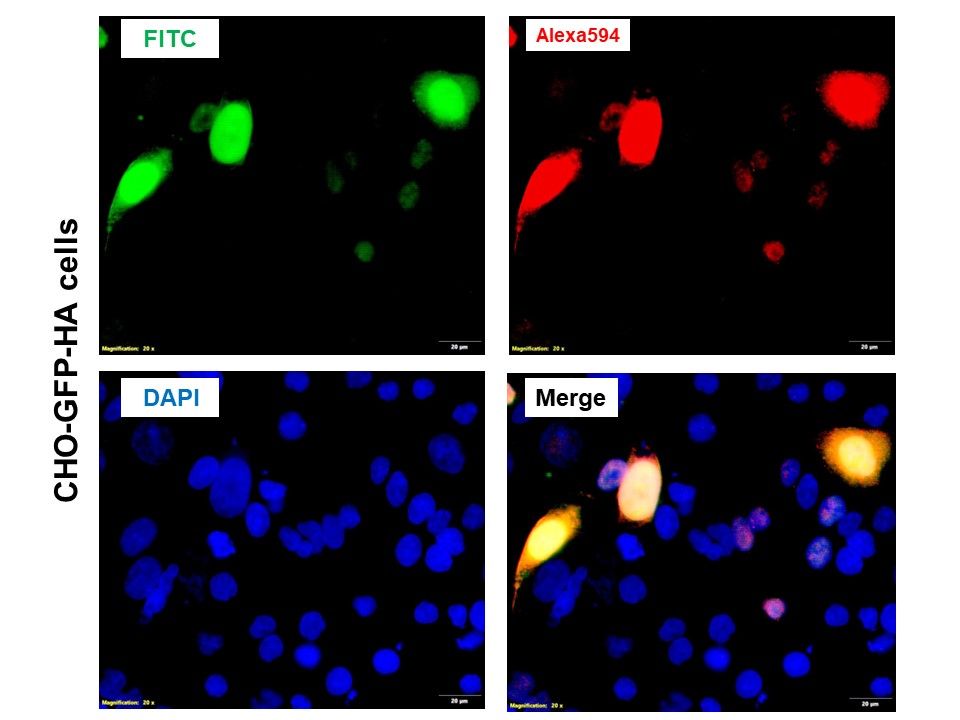
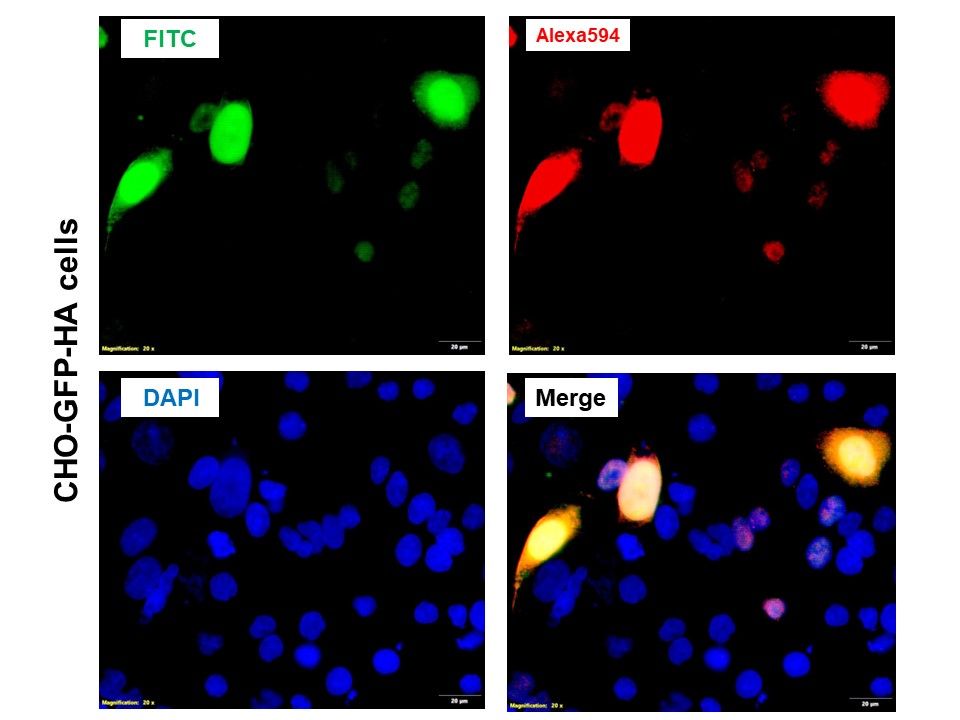
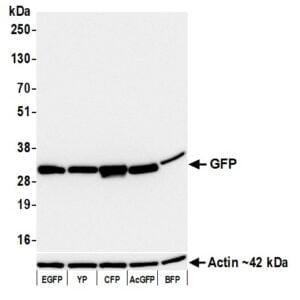
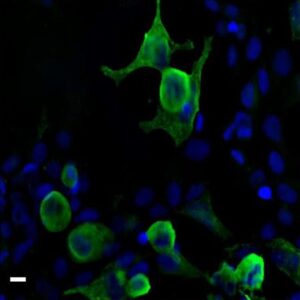
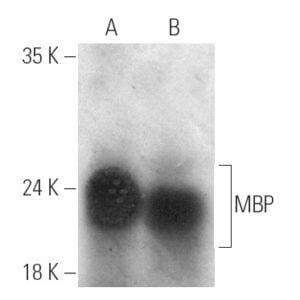
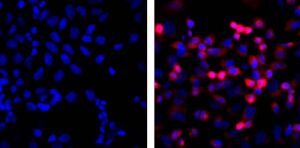
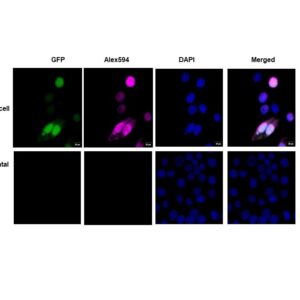
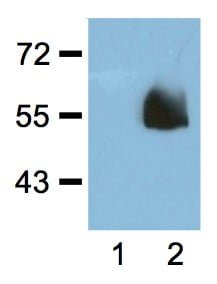
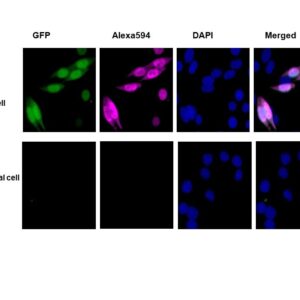
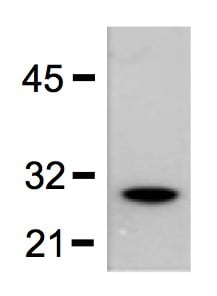
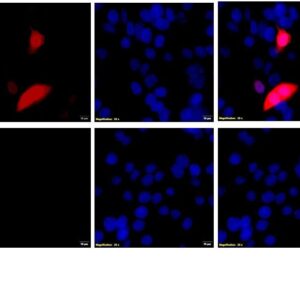
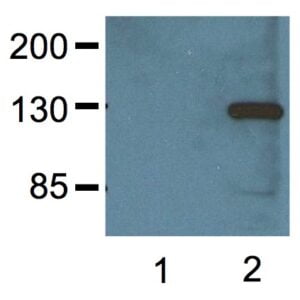

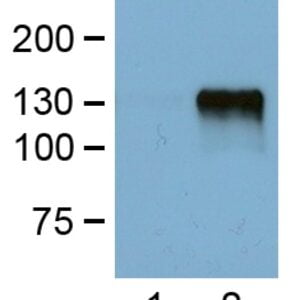

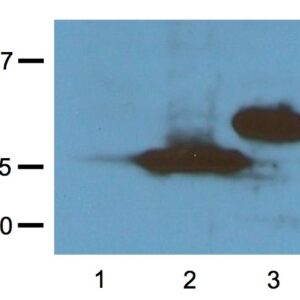
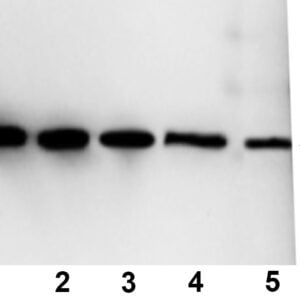
Reviews
There are no reviews yet.